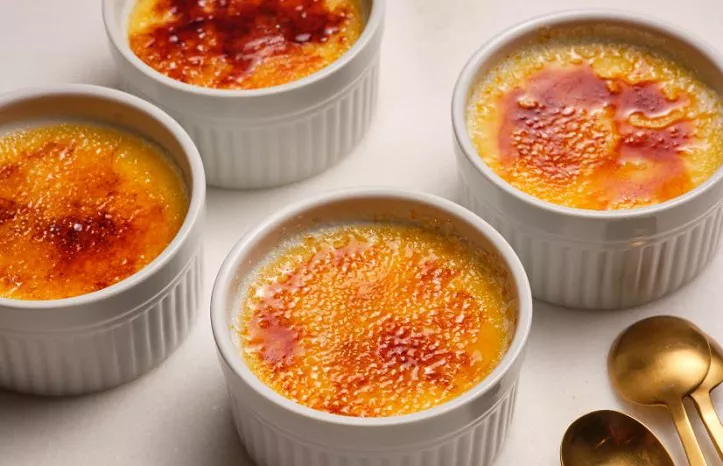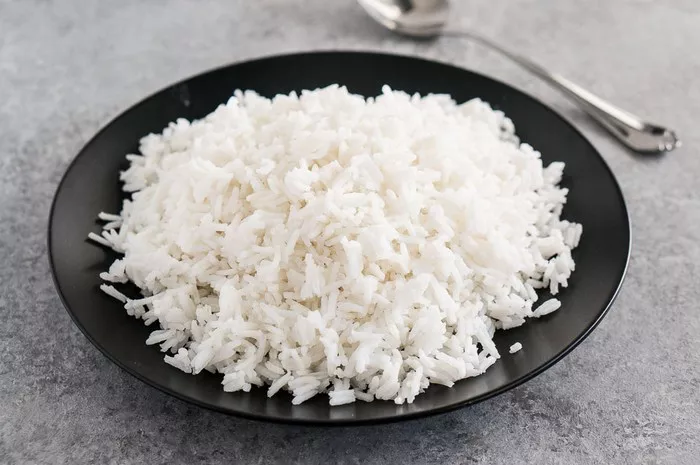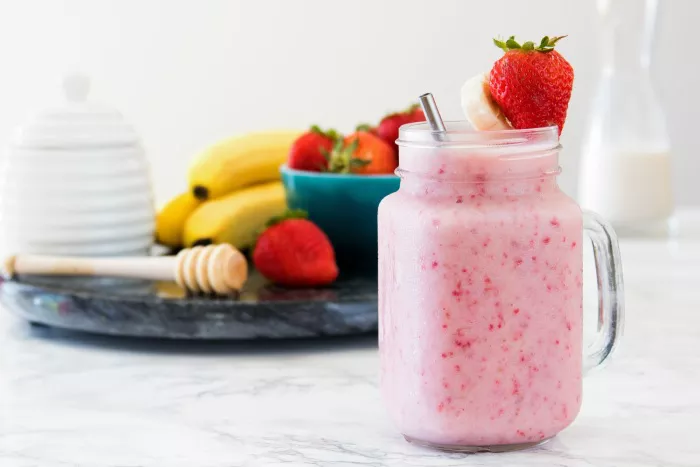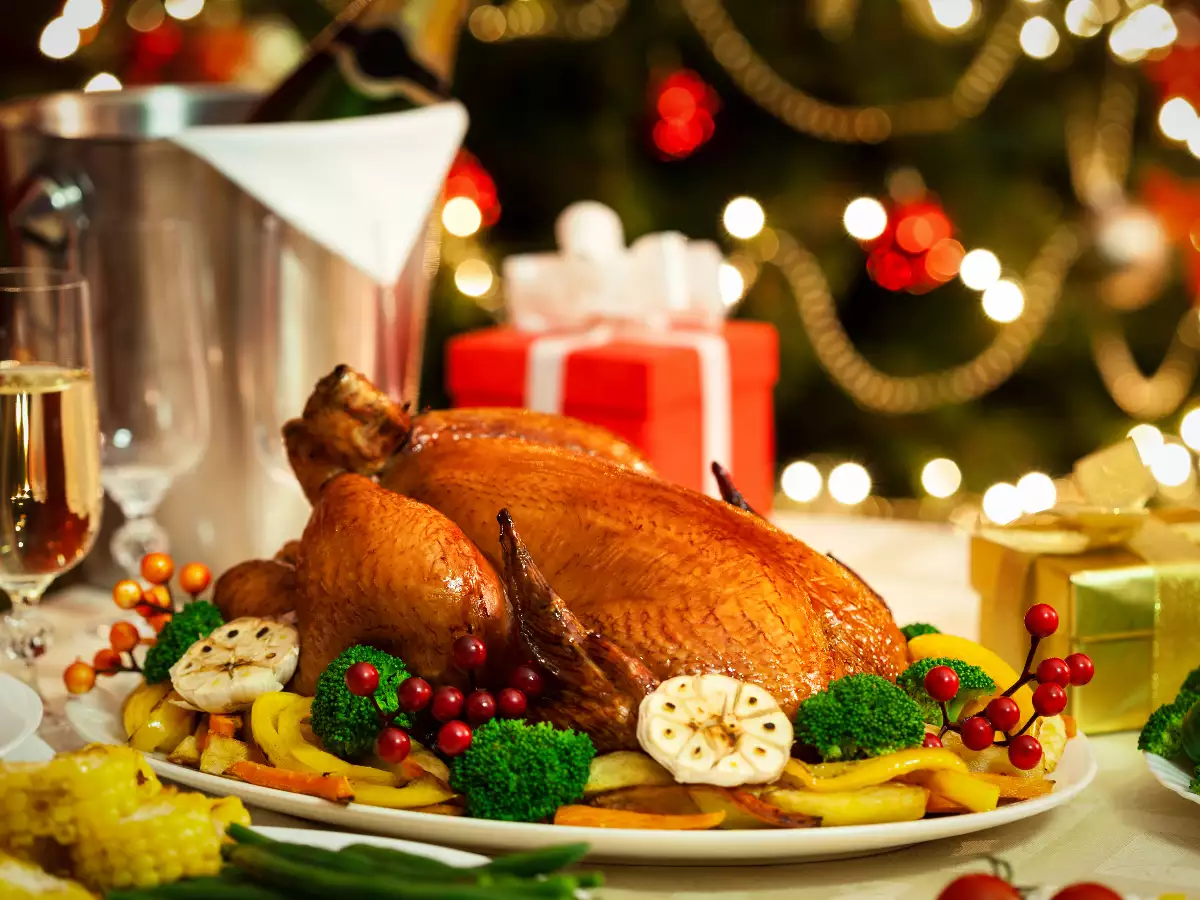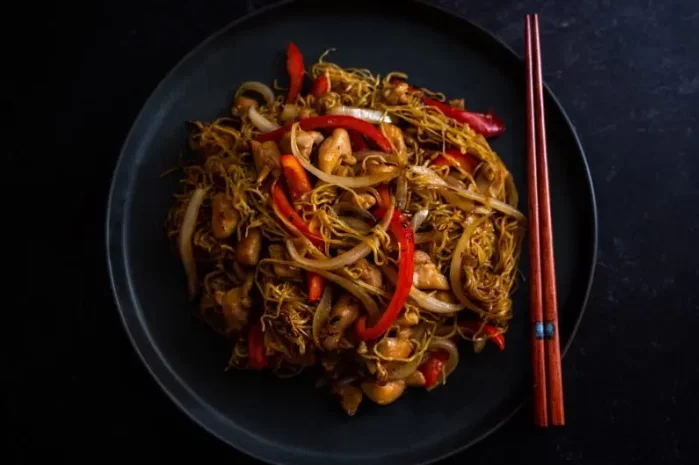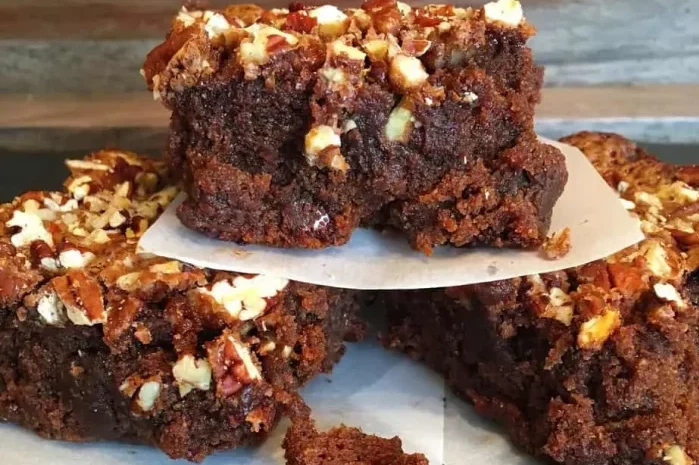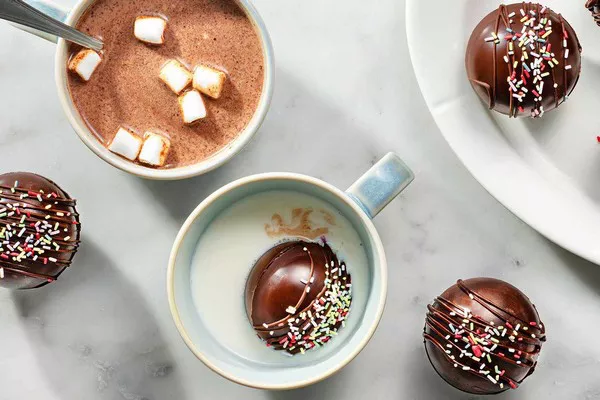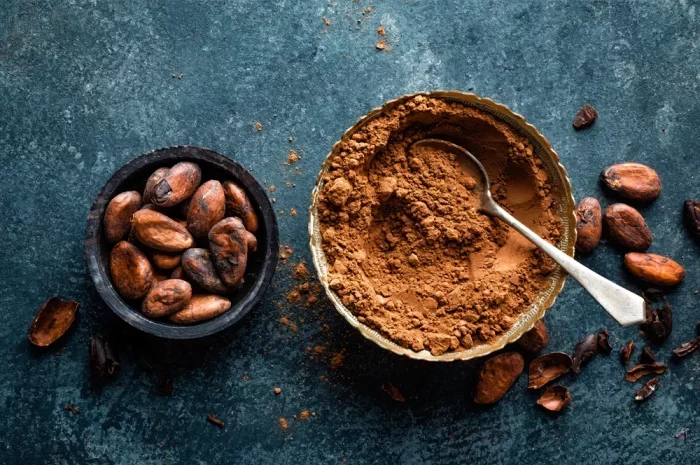Cheesecake, a delectable dessert that has stood the test of time, remains a favorite among dessert enthusiasts worldwide. The rich, creamy texture and irresistible flavor make it a go-to choice for celebrations and indulgent moments. In this comprehensive guide, we delve into the intricacies of crafting the perfect cheesecake, exploring the key ingredients, techniques, and variations that contribute to this beloved treat.
Choosing the Right Cheesecake Ingredients:
Creating an exceptional cheesecake begins with selecting high-quality ingredients. The cheese used is, unsurprisingly, a cornerstone of any cheesecake recipe. Cream cheese, with its smooth and velvety texture, is the most common choice, though variations may include ricotta or mascarpone for a unique twist. To enhance flavor, opt for fresh and high-fat dairy products, as they contribute to the lusciousness that defines a perfect cheesecake.
The Crust:
A well-crafted crust is crucial for providing the perfect foundation to showcase the creamy goodness of the cheesecake. Traditionally made with graham crackers, butter, and sugar, the crust offers a sweet and slightly crunchy contrast to the smooth texture of the filling. Experimentation with alternative crusts, such as crushed cookies or nuts, allows for creative adaptations to suit individual preferences.
The Mixing Technique:
The mixing process plays a pivotal role in determining the texture of the cheesecake. Overmixing can introduce excess air, potentially leading to cracks during baking. On the other hand, ensuring all ingredients are at room temperature and adopting a gentle mixing approach promotes a smooth and creamy consistency. Incorporating ingredients gradually, starting with the cream cheese, helps achieve a homogenous mixture without compromising the integrity of the cheesecake.
Perfecting the Cheesecake Texture:
Achieving the ideal texture is a balance between time and temperature. Baking a cheesecake in a water bath, also known as a bain-marie, helps regulate temperature and prevent cracks. The water bath provides a gentle, even heat, reducing the likelihood of overcooking the outer edges while maintaining a creamy center. Properly timing the bake ensures the cheesecake sets without becoming overly firm, resulting in a melt-in-your-mouth experience.
Troubleshooting:
Even seasoned bakers may encounter challenges when crafting cheesecakes. Cracks, uneven texture, or a sunken center can be disheartening, but understanding the potential causes allows for effective troubleshooting. Cracks often result from rapid temperature changes or overmixing, while a sunken center may indicate underbaking. By identifying these issues and implementing corrective measures, such as adjusting oven temperature or extending baking time, one can overcome these common hurdles.
Elevating Cheesecake with Creative Additions:
While a classic cheesecake is a delight in itself, incorporating creative flavors and add-ins opens the door to a world of possibilities. From fruit purees and extracts to chocolate, caramel, or even spices, the options are limitless. Experimenting with complementary flavors allows for personalization and ensures each cheesecake creation is a unique and memorable experience.
Decorating and Serving Cheesecake:
The visual appeal of a cheesecake can enhance the overall dining experience. Decorating techniques range from simple dustings of powdered sugar to intricate designs using fruit, chocolate, or whipped cream. Attention to detail when slicing and serving is essential for a polished presentation. Using a warm knife and wiping it clean between cuts helps achieve clean, professional-looking slices.
Cheesecake Variations:
Cheesecake has transcended cultural boundaries, leading to a myriad of regional variations. New York-style cheesecake, with its dense and creamy texture, contrasts with the lighter and fluffier Japanese cotton cheesecake. Italian ricotta cheesecake brings a distinctive flavor profile, while Greek-style cheesecake often features honey and filo pastry. Exploring these diverse styles adds excitement to the cheesecake-making journey and introduces a wealth of flavors and textures.
Cheesecake for All:
Adapting cheesecake recipes to accommodate dietary restrictions ensures that everyone can enjoy this delectable dessert. Vegan cheesecakes often utilize cashews or tofu for the creamy base, while gluten-free options may feature almond or coconut flour crusts. Understanding alternative ingredients and substitutions empowers bakers to create cheesecakes that cater to a wide range of dietary preferences and requirements.
Keeping Cheesecake Fresh:
Proper storage is crucial for maintaining the freshness and flavor of cheesecake. Refrigeration is a must, as it prevents the growth of bacteria and preserves the creamy texture. Covering the cheesecake with plastic wrap or aluminum foil helps prevent it from absorbing odors in the fridge. For longer storage, cheesecakes can be frozen, ensuring a delightful treat is on hand whenever a craving strikes.
Cheesecake Trends:
As culinary trends evolve, so does the world of cheesecake. From mini cheesecakes and cheesecake cupcakes to savory variations featuring herbs and spices, staying abreast of the latest trends allows for continuous innovation in the realm of cheesecake creation. Exploring trending flavors and presentation styles keeps this timeless dessert relevant and exciting for both bakers and dessert enthusiasts alike.
Conclusion:
Crafting the perfect cheesecake is a culinary art that combines precision, creativity, and a deep appreciation for quality ingredients. From the choice of cheese to the mixing technique, baking process, and final presentation, each step contributes to the creation of a dessert that delights the senses. Whether adhering to tradition or embracing innovative variations, the journey of making cheesecake is a rewarding endeavor that continues to captivate and bring joy to dessert lovers around the globe.

